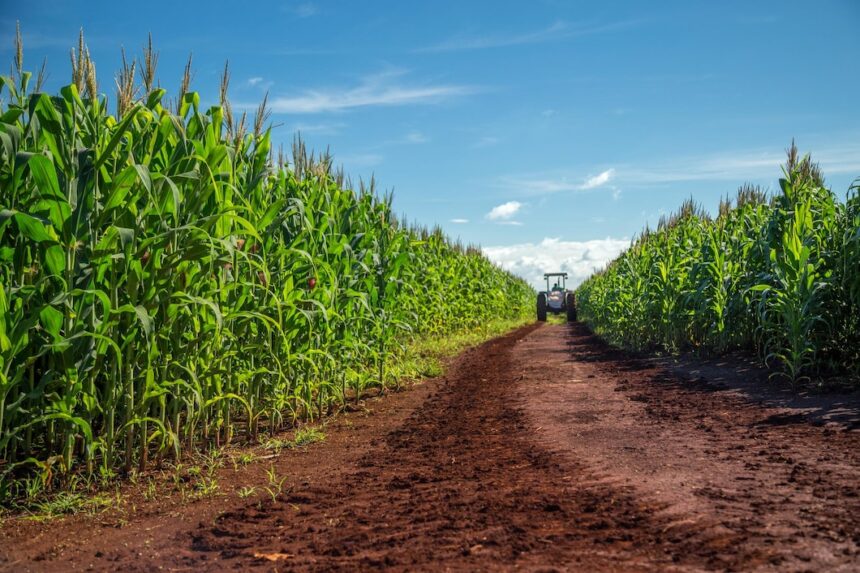Maize is one of South Africa’s most important staple crops, widely grown by both commercial and smallholder farmers. For small-scale farmers, maize offers a reliable source of income and food security — but making it truly profitable requires the right combination of planning, timing, and technique. Whether you’re new to farming or looking to improve your current yields, growing maize profitably begins with selecting the right variety suited to your region’s climate and soil. In drought-prone areas like the Free State and Limpopo, drought-tolerant hybrids are essential, while disease-resistant varieties perform better in wetter regions like KwaZulu-Natal and the Eastern Cape. Consulting your local agricultural advisor or seed supplier can help you choose the best option.
Land preparation is key to ensuring healthy plant growth. Clear weeds and crop residues, plough to loosen the soil, and use a harrow to break clods and level the field. If possible, conduct a soil test to understand your soil’s nutrient content and pH level, aiming for a pH between 5.5 and 7.0. Planting should be timed with the start of the rainy season, typically between October and December. Waiting too long can expose your crop to adverse conditions, lowering yields. Seeds should be planted at a depth of about 5 cm, with spacing of 75 cm between rows and 25–30 cm between plants to allow enough room for growth and sunlight exposure.
Fertilisation plays a major role in yield. Use a basal fertiliser like 2:3:2 or 3:2:1 at planting, and apply LAN or urea when the maize is knee-high. Follow soil test recommendations and consider organic compost or manure to enhance soil health and reduce costs. Weed control should start within the first few weeks after planting and continue as necessary. Weeds steal vital nutrients from young maize plants. Pests like stalk borers and armyworms must also be managed early, using approved insecticides or methods like crop rotation and companion planting.
Irrigation becomes important during dry spells, especially during tasseling and grain-filling stages when maize needs the most water. In the absence of irrigation systems, water-conserving techniques like mulching can help maintain soil moisture. Harvest when the maize is fully mature and husks have dried to a pale brown. Late harvesting increases the risk of losses due to pests or fungal infections. Dry the cobs properly before storage and ensure grain moisture content is reduced to around 12–14% to prevent spoilage.
Store your maize in dry, clean conditions using sealed containers or grain bags. Selling your crop strategically can improve profits, especially when prices rise just before the next planting season. Joining cooperatives or marketing groups may give you access to better markets and pricing. Keep detailed records of expenses, yields, and income to evaluate your progress and make informed decisions. Attend training workshops, network with experienced farmers, and stay updated with new farming methods. By applying smart techniques and treating your farm as a business, you can make maize farming on a small South African plot a sustainable and profitable venture.
Join 'Farmers Mag' WhatsApp Channel
Get the latest Farming news and tips delivered straight to your WhatsApp
CLICK HERE TO JOIN






